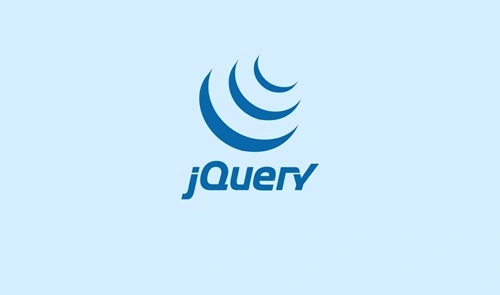jQuery is a fast and feature-rich JavaScript library widely used to simplify tasks such as HTML document traversal, event handling, and animation. Knowing the version of jQuery used in a project is crucial for debugging, compatibility, and leveraging new features. Fortunately, you can easily check the jQuery version through the browser’s developer console. This article provides a step-by-step guide on how to check the jQuery version in the console.
Why Check the jQuery Version?

- Compatibility: Some plugins and scripts require specific versions of jQuery to function correctly.
- Debugging: Identifying the version helps troubleshoot issues when working with third-party libraries or legacy projects.
- Features: Knowing the version ensures access to the latest features or understanding the limitations of an older version.
- Security: Older versions of jQuery may have vulnerabilities, so it’s essential to verify and update them.
How to Check jQuery Version in the Console
Below are the steps to check the jQuery version using your browser’s developer tools:
Step 1: Open the Browser Developer Console
The developer console allows you to execute JavaScript commands and inspect your webpage.
- Google Chrome:
- Right-click anywhere on the webpage and select Inspect.
- Click on the Console tab.
- Mozilla Firefox:
- Right-click on the webpage and select Inspect or press Ctrl + Shift + I.
- Switch to the Console tab.
- Microsoft Edge:
- Right-click on the page and choose Inspect.
- Go to the Console tab.
- Safari:
- Enable the developer tools by going to Preferences > Advanced and checking Show Develop menu in the menu bar.
- Open the console by selecting Develop > Show JavaScript Console.
Step 2: Check if jQuery is Loaded
Before checking the version, verify if jQuery is loaded on the webpage.
Command:
typeof jQuery
Output:
- If jQuery is loaded, the output will be:
- function
- If jQuery is not loaded, the output will be:
- undefined
If jQuery is not loaded, the version cannot be checked because the library is not present on the page.
Step 3: Retrieve the jQuery Version
If jQuery is loaded, use the following command to get the version:
Command:
jQuery.fn.jquery
or
$.fn.jquery
Output:
The command will return the jQuery version, such as:
3.6.0
This indicates that the webpage is using jQuery version 3.6.0.
Step 4: Handle Multiple jQuery Instances
In cases where multiple versions of jQuery are loaded on the page, you can access specific versions using jQuery.noConflict().
Command:
jQuery.noConflict(true).fn.jquery
This retrieves the version of the jQuery instance that is in use.
Additional Tips
1. Inspect the Source: Check the HTML source code to identify the jQuery file being loaded. Search for <script> tags in the page’s source:
<script src=”https://code.jquery.com/jquery-3.6.0.min.js”></script>
2. Check for CDN: If jQuery is loaded from a Content Delivery Network (CDN), the version may be evident from the URL.
3. Verify in External Scripts: If jQuery is not found on the main page, inspect external scripts or plugins that might be loading their own versions of jQuery.
3. Why Updating jQuery is Important
Older jQuery versions may contain security vulnerabilities, deprecated methods, or compatibility issues. Updating to the latest version ensures:
- Enhanced performance.
- Access to new features.
- Compatibility with modern browsers and frameworks.
- Improved security.
Always test your application thoroughly after updating jQuery to ensure that existing functionality and plugins remain unaffected.
Conclusion
Checking the jQuery version through the browser console is a quick and effective way to understand the library’s setup on a webpage. By using simple commands like jQuery.fn.jquery, developers can identify the version and take appropriate actions, such as troubleshooting, updating, or ensuring compatibility. Regularly verifying and maintaining the jQuery version helps ensure a secure, efficient, and modern web application

